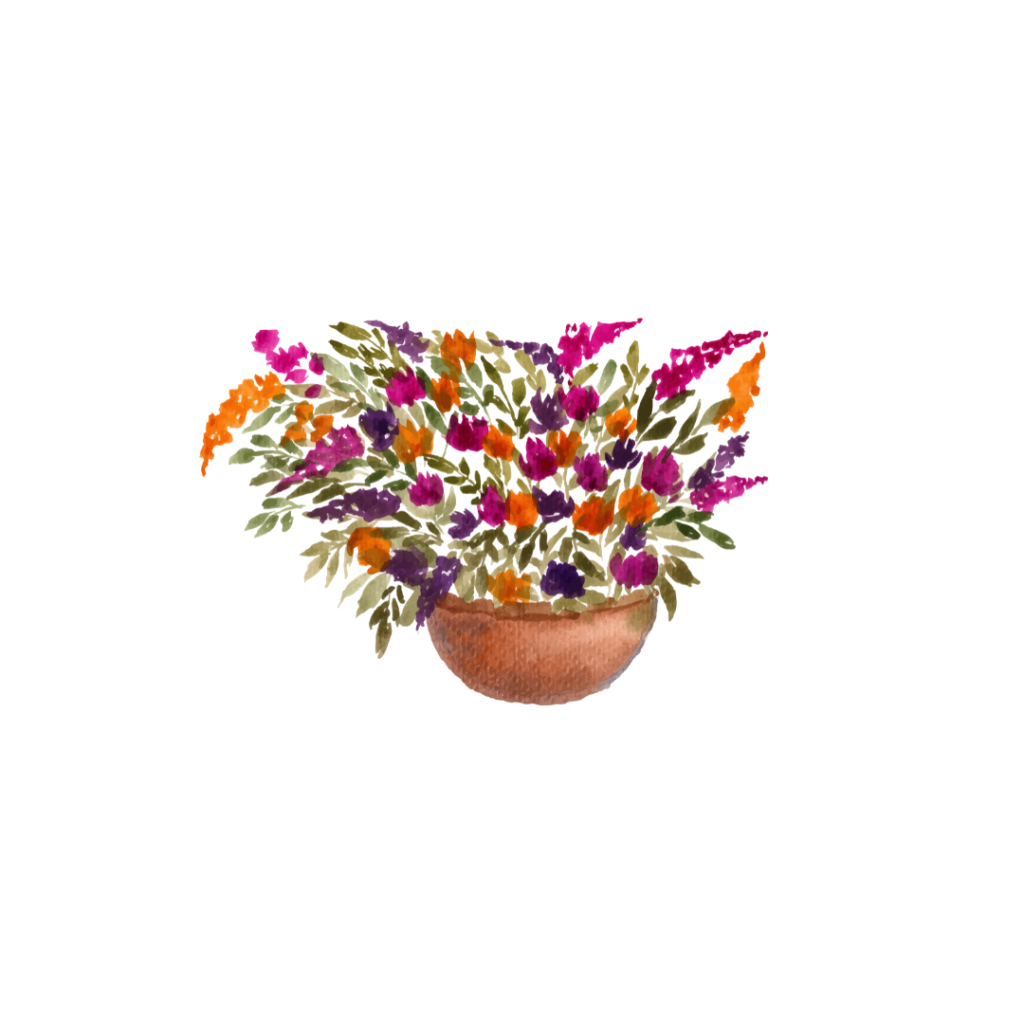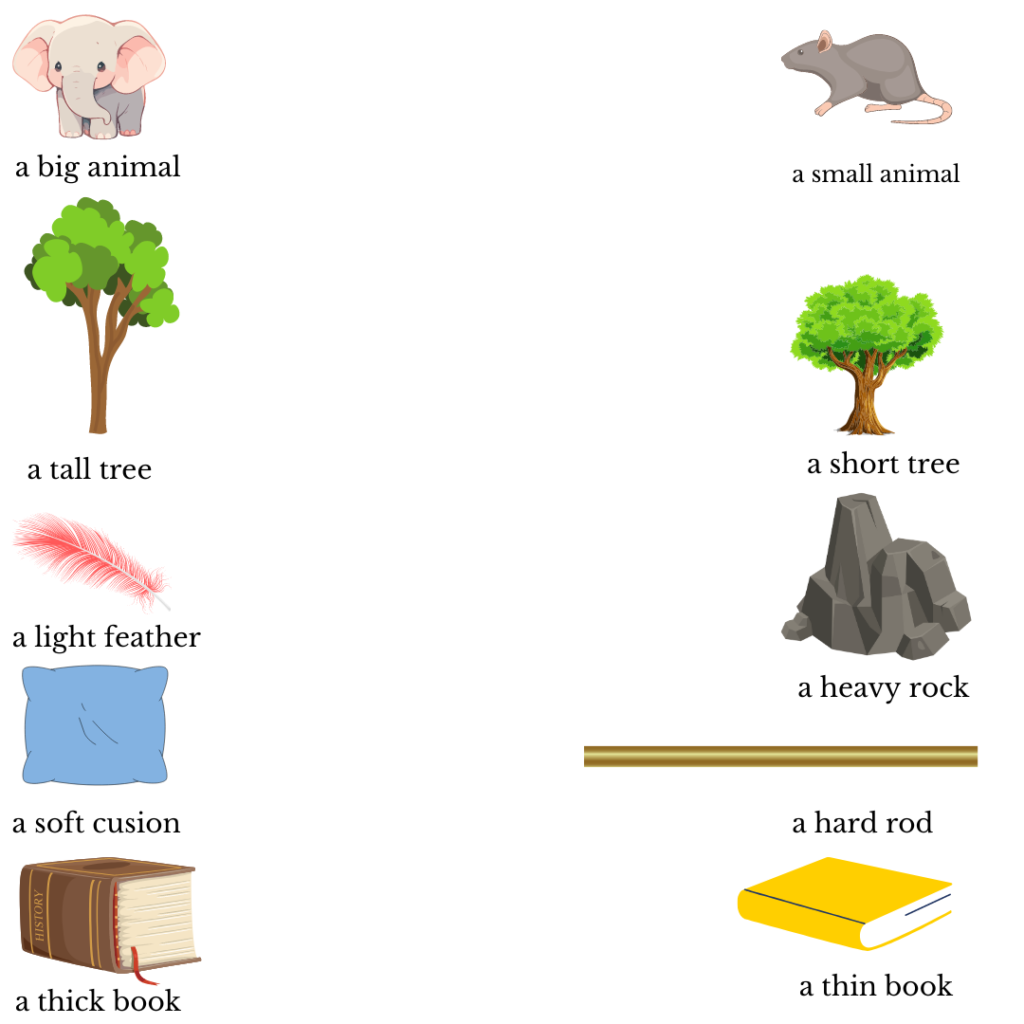Class 2 English Chapter 2 A Beautiful Butterfly Question Answer, to each chapter is provided in the list so that you can easily browse throughout different chapters SEBA Class 2 English Chapter 2 A Beautiful Butterfly Notes and select need one.
Class 2 English Chapter 2 A Beautiful Butterfly
Also, you can read the SCERT book online in these sections Solutions by Expert Teachers as per SCERT (CBSE) Book guidelines. These solutions are part of SCERT All Subject Solutions. Here we have given Assam Board Class 2 English Chapter 2 A Beautiful Butterfly Solutions for All Subjects, You can practice these here.
(এ বিউটিফুল বাটাৰফ্লাই) এটা ধুনীয়া পখিলা
Chapter – 2
ইংৰাজী (ENGLISH)
Listen to the story: (লিচ্ছেন টু দ্য ষ্টোৰিঃ) গল্পটো শুনা:
A Beautiful Butterfly
(এ বিউটিফুল বাটাৰফ্লাই) এটা ধুনীয়া পখিলা

Part I: Jonali is in the garden. “Oh, how beautiful the garden is! And that butterfly! How colourful! Let me catch it”, Jonali says to herself.
She runs after the butterfly. But the butterfly flies to a dahlia. Jonali walks slowly to the flower. “I’ll catch it.” But the butterfly flies away.
Jonali looks for the butterfly, ‘Ah! There it is.” It is sitting on a marigold. “I’ll catch it this time”, says Jonali. Just then the wind comes whoosh….. It blows away the butterfly. “Issh…! I missed it.”
Word notes: garden- বাগিছা beautiful- ধুনীয়া। butterfly- পখিলা।How- কেনে। colourful- ৰঙীণ। catch- ধৰা। herself- তাই নিজে। runs after- পিছে পিছে দৌৰা। flies- উৰি যোৱা । dahlia- ডালহিয়া। walks- খোজ কঢ়া। slowly- লাহে লাহে। flower- ফুল। looks for- বিচৰা । sitting-বহি থকা। marigold- নাৰ্জী ফুল। this time-এইবাৰ। just then-ঠিক তেতিয়াই। wind-বতাহ।come- আহা। blows away- উৰুৱাই নিয়া। miss- হেৰুৱা।
অসমীয়া ভাবানুবাদ : জোনালী বাগিছাত আছে। তাই নিজকে ক’লে, “ওহ, বাগিছাখন কি ধুনীয়া ! আৰু সেই পখিলাটো ! কেনে ৰঙীণ ! মই বাৰু পখিলাটোক ধৰো !”
তাই পখিলাটোৰ পিছ ল’লে। কিন্তু পখিলাটো উৰি ডালিয়ালৈ গ’ল। জোনালী লাহে লাহে ফুলটোৰ ওচৰলৈ গ’ল। “মই ধৰিম।” কিন্তু পখিলাটো উৰি গ’ল।
জোনলীয়ে পখিলাটোক বিচাৰিবলৈ ধৰিলে। “আহ! তাত আছে।” এইটো নাৰ্জী ফুলত বহি আছে। জোনীলীয়ে ক’লে, “এইবাৰ মই ইয়াক ধৰিম।” ঠিক সেই সময়তে এজাক বতাহ আহিল হুশ… ই পখিলাটোক উৰুৱাই নিলে। “ইছ…! মই নাপালো।”
Part II: The butterfly is now on a rose. Jonali is very careful this time. Slowly and silently she walks to the flower.
Oh, I got it. It’s in my hand now.” She looks at it happily. “But what’s this? It’s not a butterfly. It’s only a dry leaf.”
Jonali looks out for the butterfly again. She smiles. “Aha! It’s on the sunflower. I must get it this time. ” She goes to the flower. But the sunflower nods its head and the butterfly flies away again.
“Oh dear! The butterfly seems to be flying all the time.’ it is free. It can fly so high. Jonali looks up at the butterfly. She says, “I wish I could fly like a butterfly high up in the sky. I’m so happy I let it go.”
Word notes: now- এতিয়া । rose- গোলাপফুল। very- বৰ । careful- সৰ্তক। silently-নীৰৱে। walk- খোজ কঢ়া। got- পালো। hand- হাত । happily- সুখেৰে। only- মাত্র। leaf-পাত। again- আকৌ। smile-মাচিকিয়া হাঁহি মৰা। sunflower- সূর্যমুখী ফুল। must get- নিশ্চয়কৈ পোৱা। nod- মূৰ দুপিওৱা । dear- মৰমৰ । scerms- দেখা যোৱা। flying- উৰি থকা। look up- ওপৰলৈ চোৱা । wish- ইচ্ছা কৰা। like- দৰে নিচিনা। high up- ওপৰলৈ। let অনুমতি দিয়া ।
অসমীয়া ভাবানুবাদঃ পখিলাটো এতিয়া গোলাপৰ ওপৰত বহিছে। জোনালী এইবাৰ বৰকৈ সাৱধান হ’ল। তাই লাহে লাহে নীৰৱে ফুলটোৰ কাষলৈ গ’ল।
“ওহ, মই ইয়াক পালো। ই এতিয়া মোৰ হাতত।” আনন্দেৰে তাই এইটোলৈ চালে। “কিন্তু এইটো কি? ই পখিলা নহয়। ই কেৱল এটা শুকান পাত ।“
আকৌ জোনালীয়ে পখিলাটোক বিচাৰিবলৈ ধৰিলে। তাই মিচিকিয়াই হাঁহিলে। আহ! ই সূর্যমুখী ফুলত বহিছে। এইবাৰ মই ইয়াক পাব লাগিব।” তাই ফুলটোৰ কাষলৈ গ’ল। কিন্তু সূর্যমুখীয়ে তাৰ মুৰটো দুপিয়ালে আৰু পৰিলাটো আকৌ উৰি গ’ল।
“ওহ মৰমৰ! পখিলাটো দেখোন উৰিয়েই আছে। ই মুক্ত। ই ইমান ওপৰলৈ উৰিব পাৰে। জোনালীয়ে ওপৰলৈ পখিলাটোক চালে। তাই ক’লৈ, “মই ভাবো ময়ো পখিলাৰ দৰে ওপৰ আকাশলৈ উৰিব পাৰিলোহেঁতেন। মই ইনান সুখী মই ইয়াক যাবলৈ দিওঁ।
Activities : (অ্যাক্টিভিটিজ) ক্রিয়া কলাপ
- Let’s look at the pictures and say: (লেটছ লুক অ্যাট দ্য পিকছাজ অ্যান ছেঃ)
ছবিবোৰলৈ চাওঁ আৰু কওঁ আহা :

2. Work in pairs. think and say:
What will you do if you see a butterfly?
Ans:- I will enjoy, and praise it by taking care of it.
3. Let’s talk:
(a) Where is Jonali?
Jonali is in the garden.
(b) What did Jonali see?
Jonali saw a beautiful butterfly.
(c) Who wanted to catch the butterfly?
Jonali wanted to catch the butterfly.
(d) Name the flowers in the garden.
The names of the flowers in the garden are dahlia, marigold, sunflower and rose.
4. Let’s draw flowers in the vase and colour them:

5. Join the two words. Read the new word. Find out more words like these:
sun + flower → sunflower
butter + fly → butterfly
black + board → blackboard
head + master → headmaster
tooth + paste → toothpaste
under + stand → understand
pain + ful → painful
book + seller → bookseller
hot + pot → hotpot
6. Read aloud:
a beautiful butterfly
a smiling sunflower
a marry marigold
a dancing dahlia
7. Let’s read the words in the word wall:

Let’s search for some of these words in the story ‘A Beautiful Butterfly.’ Underline the words you have found.
Ans:- be, me how, now, all, dry,
Sun, and, hand, blow, slow, high, catch.
8. Read and match the sentences with the pictures:

9. Let’s read:
This is a rose. Its colour is red.
It is a beautiful flower and it smells sweet.
It has small leaves and thorns.
There are roses of different colours.
There are pink, white, yellow and red rose.
I like red roses.
10. Complete the following passage with the help of the picture and read it:


Ans
This is a parrot. The bird is in a cage.
The cage is small. The parrot is not happy.
The woman saw it. She opened the door of the cage.
The parrot flew away and sat on a tree. Now it is happy.
11. Match the words that begin with the same sound:
| No | Hear |
| Ate | Tale |
| Here | Knew |
| Blue | Blew |
| Their | Four |
| New | Eight |
| Tail | There |
| For | Know |
Ans:
| No | Know |
| Ate | Eight |
| Here | Hear |
| Blue | Blew |
| Their | There |
| New | Knew |
| Tail | Tale |
| For | Four |
12. Read:

13. Read:
Rahul and Raju are friends.
They both love animals.
Rahul has a pet.
14. Look what Raju is doing with his pet:
Raju is feeding his dog.
He is cleaning the kennel
He is taking his dog for a walk.
He is bathing his dog.
Complete the following sentences :
Ans.
Raju is feeding his dog.
He is cleaning the kennel.
He is taking his dog for a walk.
He is bathing his dog.
15. Listen and do:
(a) Draw a long pencil and a short pencil,
(b) Draw a tall tree and a short tree.
(c) Draw a big balloon and a small balloon.
16. Let’s read a story of six sentences:
(a) One day a man went to a forest.
(b) He saw a lion there.
(c) It was crying in pain.
(d) He saw a thorn in its paw.
(e) He pulled out the thorn.
(f) The lion was happy.
Now, draw a picture of what you understand from the story:

17.Read the words written around the word CALENDAR. Now, think and write words around the word GARDEN:

18. Work in groups. Look at the calendar and answer the questions:
(a) What day in the week is 1 January?
Ans: It is Monday.
(b) What day of the week is 22 January?
Ans: It is Manday,
(c) On which date does the third Sunday fall?
Ans: The third Sunday falls on 21 January,
(d) On which date does the fourth Saturday fall?
Ans: The fourth Saturday falls on 28 January.
(e) How many days are there in January?
Ans: There are thirty one days in January.
(f) How many Sundays are there in January ?
Ans: There are four Sundays in January,
(g) How many Tuesdays are there in January?
Ans: There are five Tuesdays in January,
19. Now fill in the blanks using ‘before’, ‘between’ and ‘after’ and complete the sentences:
(a) Saturday comes before Sunday.
(b) Thursday is between Wednesday and Friday,
(c) Tuesday comes after Monday.
Work in pairs. Ask each other:
(a) What do you do on Sunday?
Ans: I watch TV on Sunday.
(b) What do you do on the day after Sunday?
Ans: I go to school on the day after Sunday.
(c) What do you do on a holiday?
Ans: I play with my friends on a holiday.
20. Work in pairs. Ask each other:
(a) What do you do on Sunday?
Ans: I watch TV on Sunday.
(b) What do you do on the day after Sunday?
Ans: I go to school on the day after Sunday.
(c) What do you do on a holiday?
Ans: I play with my friends on a holiday.
21. Read aloud:

22. Read:

23. Let’s say aloud:
Chalk Shoes
A piece of white chalk
A pair of black shoes.
24. Work in pairs. Ask each other:
What do you write with?
Ans:- I write with a pen.
25. Think of a story you know. Draw objects / persons/ birds / that are in the story:
One day a bird came to my garden. The bird was beautiful. My brother saw it. He wanted to catch it. But it flew away.
এদিনাখন এটা চৰাই মোৰ বাগিছালৈ আহিল। চৰাইজনী ধনীয়া আছিল। মোৰ ভাইটিয়ে ইয়াক দেখা পালে। সি চৰাইজনীক ধৰিব খুজিলে। কিন্তু ই উৰি গুচি গ’ল।
Now, write a few short sentences about the pictures with the help of your teacher:
This is my garden.
A bird came to my garden.
My brother saw it.
He wanted to catch it.
The bird flew away.
26. Spot the differences. Say the words aloud:

27.



Hi! my Name is Parimal Roy. I have completed my Bachelor’s degree in Philosophy (B.A.) from Silapathar General College. Currently, I am working as an HR Manager at Dev Library. It is a website that provides study materials for students from Class 3 to 12, including SCERT and NCERT notes. It also offers resources for BA, B.Com, B.Sc, and Computer Science, along with postgraduate notes. Besides study materials, the website has novels, eBooks, health and finance articles, biographies, quotes, and more.




